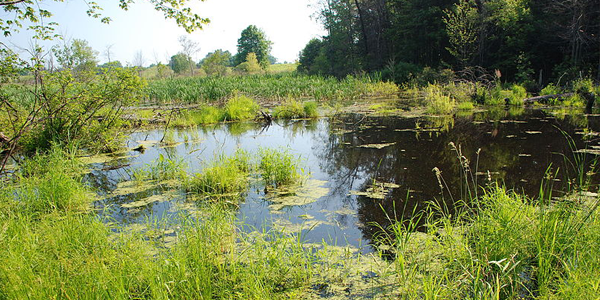The Oil Pollution Act and CERCLA allow for the recovery of more than just cleanup costs following an oil spill or the release of hazardous substances. These laws also provide for recovery of damages to restore or replace natural resources to the conditions that would have existed prior to the spill or release, as well as to compensate for interim losses of ecological services.
Natural resource trustees—states and tribes acting on behalf of the public—are tasked (along with federal trustees) with planning and implementing the restoration of these lost natural resources and services.
A new report from the Environmental Law Institute (ELI) explains how natural resource trustees can integrate natural resource damage (NRD) restoration with the Clean Water Act §404 compensatory mitigation program.
Integrating the NRD assessment (NRDA) process with mitigation banking, conservation banking, and in lieu fee (ILF) programs offers many benefits. The report, Natural Resource Damages, Mitigation Banking, and the Watershed Approach, offers several useful observations and recommendations:
- Integration can reduce the time until active restoration occurs and can provide efficiencies in evaluating ecosystem services, identifying restoration options, and implementing needed actions.
- Coordination can produce a more regionally oriented outcome by identifying sites that can serve multiple ecosystem goals in a regional context.
States and tribes can encourage the use of existing regional plans and complementary compensatory mitigation mechanisms by bringing these forward early in the NRDA process. - Provisions for restoration banks should include all necessary assurances for siting, monitoring, maintenance, long term management, and financial assurances, which can be based on the mechanisms required in the Corps-EPA Compensatory Mitigation Rule, and the Fish & Wildlife Service’s Conservation Banking Interim Guidance.
- CWA §404 banking, ILF, and conservation banking may work well in environments that experience frequent, recurrent spills.
- Watershed-based mechanisms can work especially well for addressing small spills where full-scale assessment is not always justified, and where individualized restoration projects cannot be funded effectively based on likely recoveries.
The report was funded with the support of the U.S. Environmental Protection Agency’s Office of Wetlands, Oceans, and Watersheds.
Photo courtesy of ELI.

